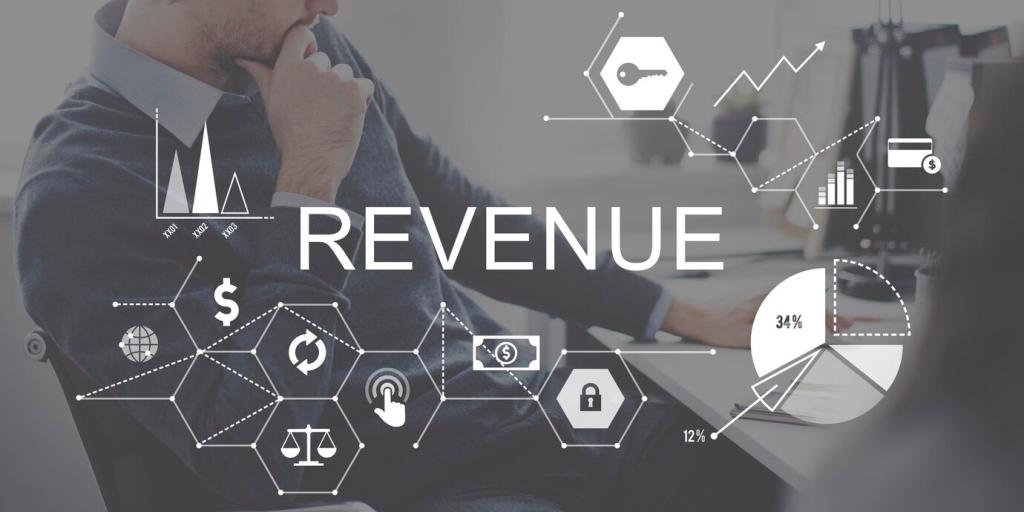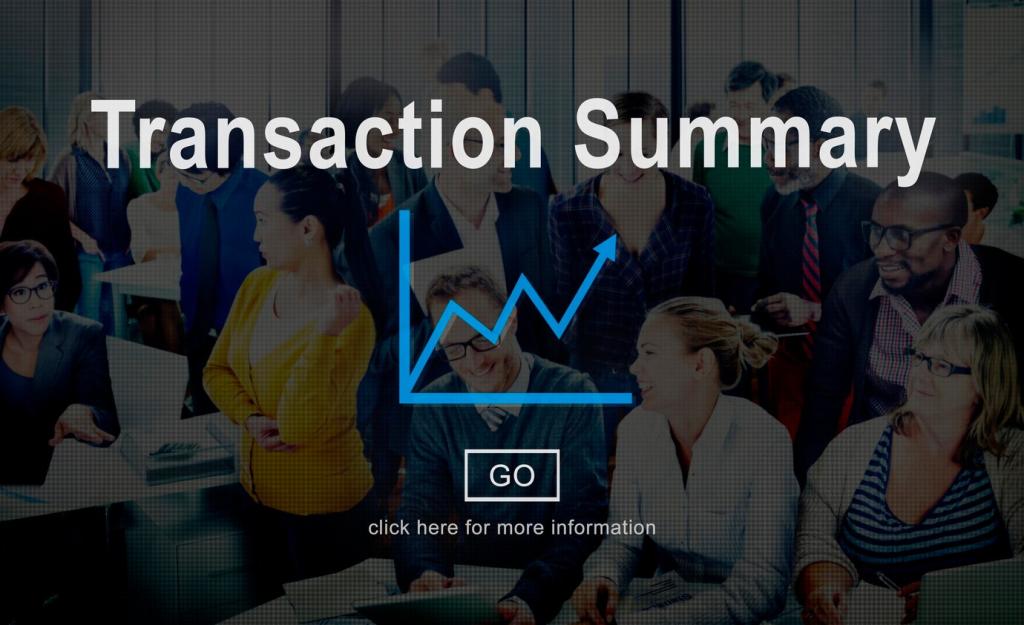Measuring Impact: Costs, Carbon, and Culture
Start with last year’s printing, postage, storage, and rework costs. Add estimated emissions for paper and logistics. Set six-month reduction targets tied to e-payslip adoption and electronic submissions. Transparent baselines make leadership buy-in easier and keep teams motivated with visible, achievable milestones everyone understands.
Measuring Impact: Costs, Carbon, and Culture
Track e-payslip adoption rate, payroll error rate, inquiry volume, submission timeliness, and carbon per pay cycle. Pair each KPI with an owner and review schedule. When teams see cause-and-effect, they continually refine processes, from data entry discipline to smarter batch runs that minimize computational waste.












